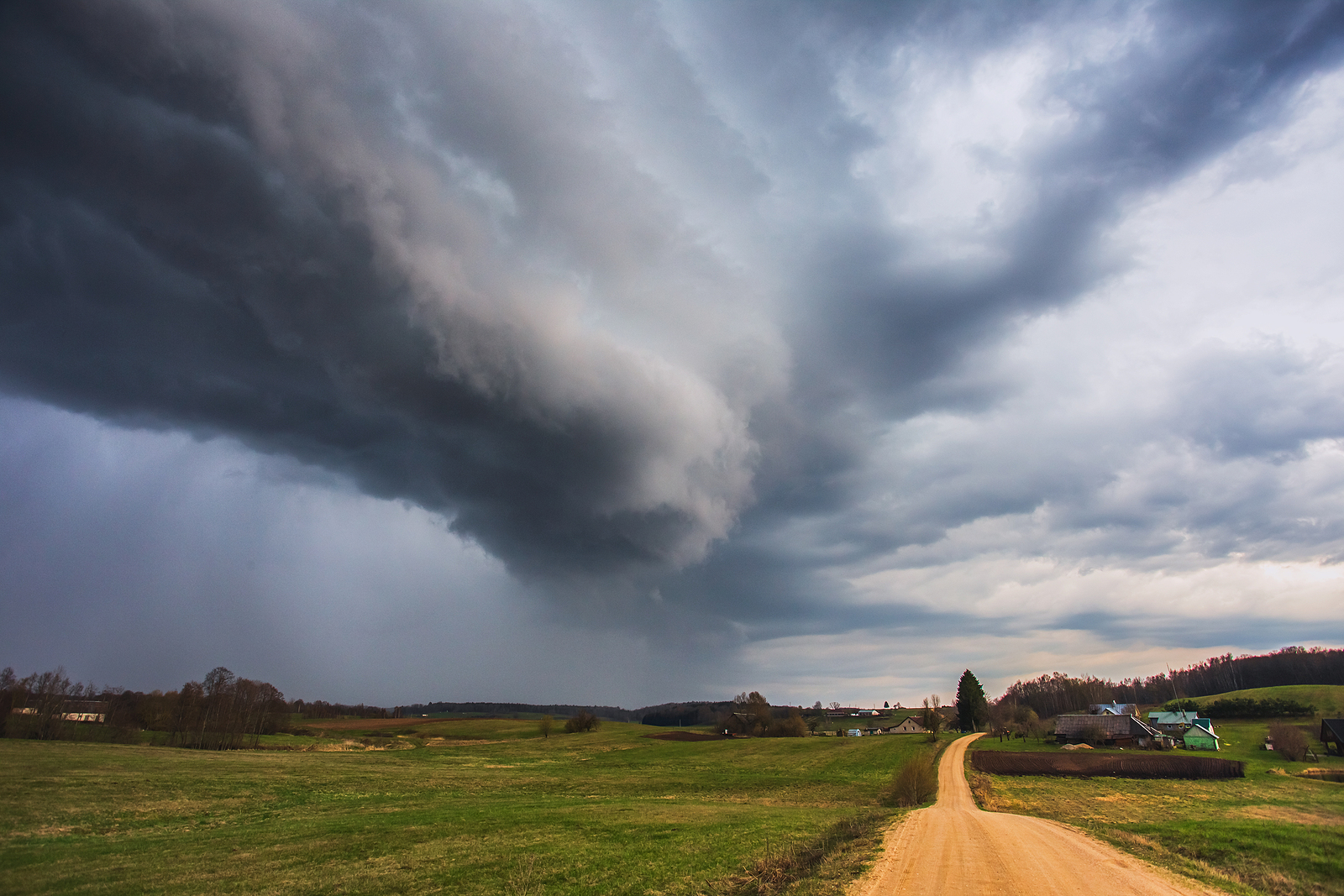Emergency preparedness is critical in each community, by working together lives can be saved and recovery can occur more quickly when severe weather or other types of disasters strike. The role of local officials during emergencies and disasters is important; local response and preparedness is governed by countywide Emergency Management Commissions which are set up as a cooperative effort of the county and each city within that county.
Generally, response efforts and emergency management plans are created to address many types of hazards, so that public officials are prepared and armed with a plan adaptable to numerous potential hazards. It is important that communities work together with their city, county, state and federal partners before a disaster occurs to get familiar with their role in disaster mitigation, preparedness, response and recovery. In Iowa, regular practice and exercise of emergency management plans are required, in order to ensure that coordinators, public officials and responding agencies are familiar with the plan.
One such exercise is the statewide tornado drill, which occurs annually in April. This drill is a great reminder for both public officials and the general public to plan accordingly and practice for emergencies. This event reminds us of the dangers associated with severe weather and encourages citizens to be prepared and take protective safety measures.
It is important to communicate with residents that they need to take some individual responsibility and be prepared as well. Information on building emergency awareness within a community, resources for creating a family emergency and evacuation plan and advice on assembling emergency kits can be obtained from Be Ready Iowa, an initiative of the Iowa Homeland Security and Emergency Management Division. Citizens may also participate in established Community Emergency Response Teams (CERT) that may exist in cities or counties. CERT’s goal is to provide participants with basic emergency skills that may help them and others following an emergency.
Tornado Sirens
Expectations of the general public are that they are warned early (but not too early); that they are warned only when it might impact their location; that the warning reaches them regardless of their availability (sleeping, awake, indoors, outdoors); and that the warning provide them with the level of detailed information they need to make decisions for their safety and the safety of their family. Outdoor warning siren systems or “tornado sirens” are often the first and only tool that is considered to meet the public’s expectations. Sirens are a technology that grew out of the cold war more than a half-century ago, and is a mechanical device, like all technologies, that has limitations.
There are several steps that are initiated before activation even takes place. The National Weather Service issues severe weather warnings, but they are not responsible for activation of the sirens. It is a local government responsibility to be able to receive the warning, determine if their jurisdiction is contained in the warning area, and then activate the siren system for that warned area. Activation may be semi-automated, meaning that a dispatcher at the 911 center receives the warning and pushes a button to activate the sirens remotely. This process is common, but there are many cases in Iowa and across the country where someone must physically go to the siren location and push a button or throw a switch to activate the device.
Another limitation of the traditional warning siren is that topography, wind, building locations and height, siren audible power, placement and height above the ground, and other environmental factors all contribute to the performance of each siren. Many siren manufacturers or distributors provide services to study potential siren locations to obtain the optimal coverage using vehicle-mounted mobile sirens, audible sensors and geographic information systems. This type of analysis is helpful in determining the optimal location of the siren as well as the design of the siren to be used, such as fixed omni-directional, rotating horn and electronic versus mechanical sound generation.
As a mechanical device, the siren depends on electricity to power the functions of the siren. A common occurrence with severe thunderstorms and tornadoes is that power lines are blown down, and electricity is disrupted, resulting in a non-functioning siren. The new generation of siren systems often include a battery backup which diminishes the probability that the electricity feed would suspend the activation of the siren. These batteries require maintenance and replacement periodically.
Automated Notification Systems
Any outdoor warning system needs to be a component in a more comprehensive warning system. While traditional forms of broadcast media are still where most residents would look for this type of information, an increasing number of residents are connected to the internet for their music and entertainment offerings and may not receive information regarding severe weather. One such strategy is automated notification systems such as Alert Iowa, Reverse 911 and Code Red. These systems provide notification or warning to large numbers of people by using computer-based systems that auto-dial phones and send both emails and text messages to a predetermined database. These systems are able to reach people quickly and also allow administrators the ability to view reports on the delivery rate of the warning. Automated notification systems can be an effective way to warn residents; while serving as a critical backup to other forms of notification.
For more information on local officials’ role in emergency preparedness, see the Introduction to Homeland Security and Emergency Management for Local Officials publication by the Iowa Homeland Security and Emergency Management Division.






